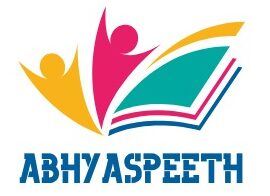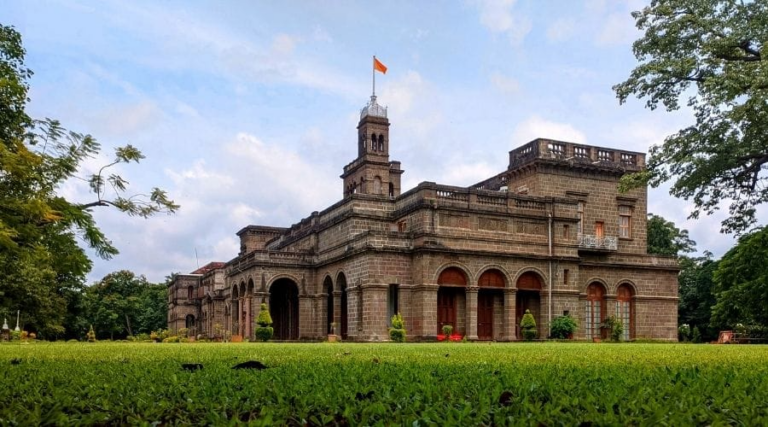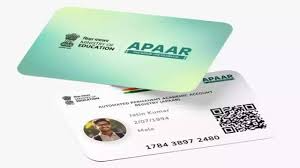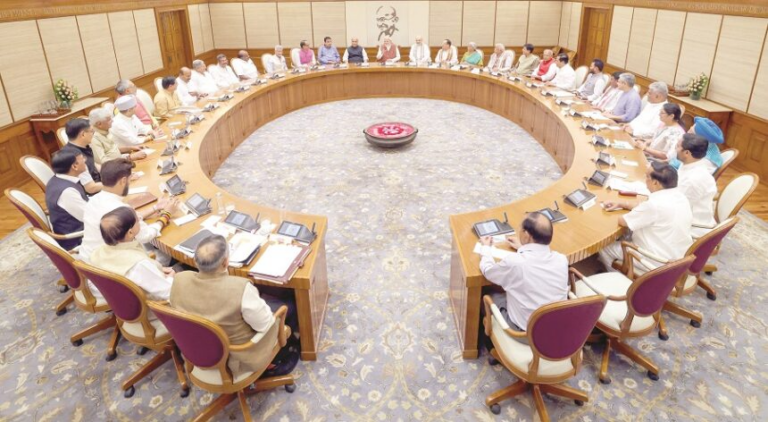
Abhyspeeth Education Desk
Mumbai : At a time when protests are raging across Maharashtra over the imposition of Hindi as a third language, the very cause being defended the survival and promotion of the Marathi language — is facing a silent crisis in Mumbai’s journalism education landscape. Several Marathi-medium journalism courses in the city’s colleges have either shut down or are struggling for student enrollments.
Ironically, while the political discourse celebrates Marathi identity, its academic pursuit, particularly in professional fields like journalism and mass media, is seeing a steady decline especially in Mumbai, the media capital of India.
In the past few years, a number of self-financed Marathi journalism programs have seen dwindling student interest, forcing colleges to discontinue the courses altogether. Only Sathaye College in Vile Parle currently reports a healthy intake of over 50 students, while other institutions such as Joshi-Bedekar College, Ruiya College, and Viva College are witnessing critically low admissions.
According to Dr. Mahesh Patil, Vice Principal and Course Coordinator at Joshi-Bedekar College, the course had to be shut down last year due to zero admissions. A fresh attempt this year yielded just five enrollments, putting its future in question again. Ruiya College has reportedly managed only 15 students for the new academic year.
“Despite extensive outreach and communication efforts, the numbers are not encouraging,” said Dr. Patil.
One of the major reasons behind the decline is that all these Marathi journalism programs are self-financed, leading to significantly higher fees compared to regular grant-in-aid courses. For many students from Marathi-medium or rural backgrounds, the high cost is unaffordable, especially when the perceived return in terms of job opportunities is uncertain.
In contrast, English-medium media courses often come with better placement tie-ups and industry exposure, further reducing the appeal of Marathi programs.
“Students feel uncertain about employment opportunities after completing Marathi journalism courses. There is little to no campus recruitment, and most job leads come through personal efforts,” said Dr. Gajendra Devda, Head of the Department at Sathaye College.
The first batch of Marathi-language journalism and mass communication courses began in 2009 at Somaiya College, Joshi-Bedekar College, and Birla College. Encouraged by the early response, Sathaye College, Ruiya College, and Viva College also launched similar programs in 2010.
However, in the following years, many of these programs were discontinued due to poor enrollment. For example, Wada College, which began a Marathi journalism course just a few years ago, had to shut it down shortly after due to lack of student interest.
At present, only three colleges in Mumbai continue to offer the course, and only one of them Sathaye has managed to secure more than a minimal number of students.
Educationists and college administrators now unanimously believe that government grants are essential to revive Marathi journalism education. If the state government offers partial or full subsidies for these courses, it would reduce fees and make the programs more accessible to students from economically weaker backgrounds.
A delegation of educators has already submitted a formal memorandum to Maharashtra’s Marathi Language Minister Uday Samant, requesting financial support and policy intervention.
“If we want to truly preserve and promote Marathi in professional domains, we must make its education affordable and viable,” emphasized Dr. Patil.
This situation also raises important questions about the gap between political rhetoric and policy action. While there is constant uproar over the cultural identity of the Marathi language, its practical utility in higher education and employment sectors is often neglected. Without deliberate steps to strengthen Marathi-medium professional education, the language may continue to lose ground among younger generations.
If journalism a field that directly influences language, culture, and society cannot thrive in Marathi even in its capital city, it’s a wake-up call for Maharashtra’s education policymakers.
The survival of Marathi journalism education is not just an academic issue, but a cultural one. And it requires timely, targeted, and tangible government support to keep the language relevant and respected in the modern media ecosystem.




